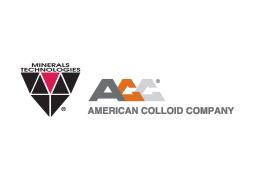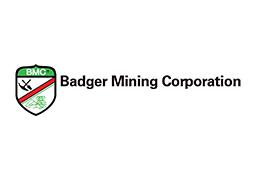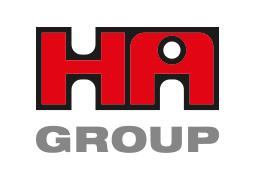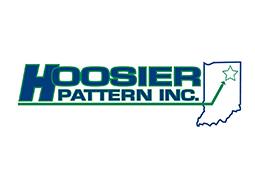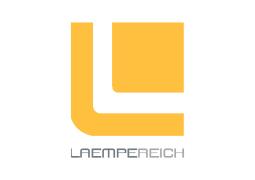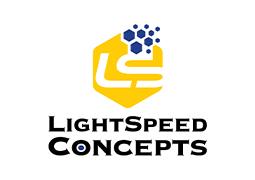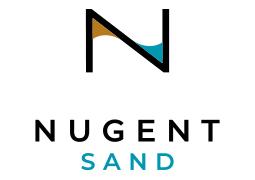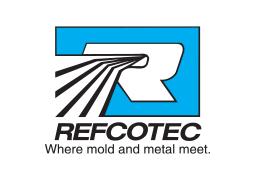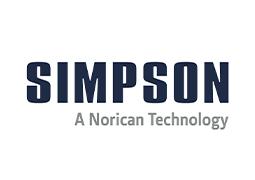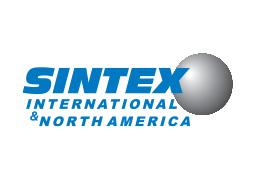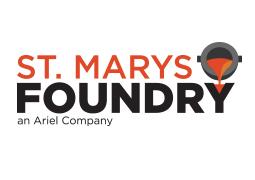2025 Sand Casting Conference
Embassy Suites by Hilton Downtown PittsburghSeptember 9 – 10, 2025
Overview
Join us at the 2025 Sand Conference – where innovators and industry leaders converge! Dive into compelling case studies and dynamic discussions on cutting-edge molding technologies, environmental compliance, and process evaluation. Network with peers through process-focused presentations that spotlight real-world applications, showcasing advancements in process improvement and technology transfer. Don’t miss this opportunity to explore and adopt new methodologies and state-of-the-art equipment poised to meet the industry’s future demands.
For information about sponsorship opportunities at the event, please contact Kim Farrugia at kfarrugia@afsinc.org or click here.
Location
- Embassy Suites by Hilton Downtown Pittsburgh
- Pittsburgh, PA
- September 9 – 10, 2025
Hotel Information
- Embassy Suites by Hilton Downtown Pittsburgh
-
Pittsburgh, PA
-
$189.00
535 Smithfield St.
Pittsburgh, PA 15222
Standard room rate of $189.00/night + fees. To make a reservation, call 847-541-3347 and ask for the American Foundry Society’s negotiated rate (code - A4SI) or by clicking the link below. The hotel’s check-in time is 4 p.m. Check-in prior to the hotel’s published check-in times are subject to availability. Check-out time is 11 a.m.
Conference Agenda

Scott Giese
Sand Conference Chair, University of Northern Iowa, Cedar Falls, IA

Greg Colvin
Honeywell Aerospace, Phoenix, AZ

- Basic Science of Clay
- Michelle Ring, Ductile Iron Society, Carmel, IN

- Causticized Lignite
- Liam Miller, American Colloid Co., Hoffman Estates, IL

- Green Sand Band-Aids (Temporary Fixes and Root-Problem Solving)
- Matt Hall, REFCOTEC, Inc., Orrville, OH

- Mechanical Separation
- Mark Pine, Sinto America, Grand Ledge, MI

- Clay Activation Principles and the Effects of Advanced Oxidation
- David Paulsen, Furness-Newburge, Inc., Versailles, KY
This panel answers “what is clay activation? And how do I improve it?”, focusing on key methods to improve sand properties and foundry efficiency. Topics include the fundamentals of bentonite clay structure, the role of water in activation, and the benefits of causticized lignite as a clay modifier and dispersant. The use of surfactants and advanced oxidation processes to improve clay activation and reintroduce recovered clay will also be discussed. The panel will highlight case studies and practical insights for optimizing sand systems while reducing costs and environmental impact.
Aaron Kaboff
HA Group, Westmont, IL

Jennifer Bentz,
SRC Pipeflow Technology Center, Saskatchewan, Canada
Clay minerals are an important material input into the production process for many industries, including foundries, and can affect the process even in small quantities, even at 1%. It is therefore important for these industries to measure clays accurately and reliably in a timely fashion. The current method for measuring clays is a manual laboratory method (the Methylene Blue Index), that is time-consuming, potentially unreliable, and subjective based on the visual determination of a titration endpoint by a technologist. SRC’s Pipeflow Technology Centre™ has developed an automated digital clay analyzer that increases the reliability and speed of the active clay measurement that also has online clay analysis capability.

Lauren Innis
The Lawton Standard Co., De Pere, WI
Kirk Keithly
ExOne, Lapeer, MI

- Moderator: Michelle Ring, Ductile Iron Society, Carmel, IN
- Panelists:

Tom Arenholz
Simpson Technologies Corp., Cedar Falls, IA
Kylee Rothenburger
Dotson Iron Castings, Mankato, MN

Lauren Innis
The Lawton Standard Co, De Pere, WI
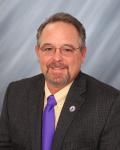
Travis Frush
American Foundry Society, Schaumburg, IL
Drinks & Appetizers

- Joe Muniza, ASK Chemicals, Dublin, OH
- Aaron Kaboff, HA Group, Westmont, IL
- Colin DeWood, REFCOTEC, Mason, IL
The shakeout process in foundries is a critical stage where molds are broken apart to retrieve castings, but it is also a significant source of odor and smoke emissions. Regulation of these emissions, primarily caused by the thermal decomposition of organic binders during casting, continue to come under higher scrutiny This presentation explores innovative binder technologies aimed at mitigating odor and smoke generation during core / mold making, core storage and during the shakeout process. By examining advancements in low-emission binder formulations, the presentaiton will demonstrate the effectiveness in reducing volatile organic compounds (VOCs), smoke and odorous compounds. The presentation will also highlight the integration of these technologies with process optimizations to achieve sustainable casting operations. Results from pilot trials and industrial applications demonstrate that these binder solutions not only reduce environmental impacts but also improve air quality and regulatory compliance within foundry operations. This research underscores the potential of binder innovations to align foundry processes with evolving environmental standards while maintaining casting quality and efficiency.

Jay Morrison, Carpenter Brothers, Inc., Mequon, WI
Effective dust collection is a critical component of modern foundry sand systems. This presentation explores how dust collection systems effect operational efficiency, environmental compliance, and worker safety in the foundry. By capturing fine particulate matter, these systems prevent contamination of the sand, improve casting quality, and reduce wear on machinery. Additionally, proper dust control and monitoring contributes to regulatory adherence and creates a safer, healthier workplace. Key topics will include the mechanics of dust collection, integration within sand reclamation processes, and strategies for optimizing system performance to meet production and environmental goals.

Brian Rachwitz, EJ, East Jordan, MI
Monitoring sand system properties is important for maintaining the long-term stability of green sand casting processes. At times changes made to the sand system may seem minor but can result in significant changes within the system affecting casting quality and cost. A process monitoring testing program and data analysis of usage/generation of materials can help ensure that issues are detected quickly, and actions can be implemented to maintain stability.
Dorothy Havlin
The Nugent Sand Co. Inc., Norton Shores, MU
Kylee Rothenburger
Dotson Iron Castings, Mankato, MN

Tom Prucha
IJMC Editor, Metal Morphasis LLC, Rochester Hills, MI
Caitlyn Dickson
Neenah Foundry Co., Neenah, WI
TBD

Annie Nelson
Waupaca Foundry, Inc., Waupaca, WI
Elizabeth Szczupak
American Colloid Co., Hoffman Estates, IL

Michelle Ring, Ductile Iron Society, Germantown, WI

Tom Arenholz, Simpson Technologies Corp., Cedar Falls, IA
Registration
AFS Member:
$750.00 Early Registration (Ends 8/5/2025)
$900.00 Standard Registration
Non-AFS Member:
$1,125.00 Early Registration (Ends 8/5/2025)
$1,350.00 Standard Registration
AFS presents a variety of technical and management conferences (in both in-person and virtual formats). The refund policy for AFS conferences is as follows: 1) Substitutions are accepted at no charge at any time up until the start of the conference; 2) Full refunds are offered if AFS is notified in writing of cancellation at least 30 days in advance of the conference. No refunds or credits are available for less than 30 days written notice.
